Academics
"Warning, in music-words
devout and large,
that we are each other’s
harvest:
we are each other’s
business:
we are each other’s
magnitude and bond."
Gwendolyn Brooks, 1971

"Warning, in music-words
devout and large,
that we are each other’s
harvest:
we are each other’s
business:
we are each other’s
magnitude and bond."
Gwendolyn Brooks, 1971

"The source of these problems of coordination and cooperation is not the nature of the individuals’ goals, or the instrumental character of rationality. Rather it is individualism about rationality, which holds the unit of activity exogenously fixed at the individual."
Hurley 2004
 I am a Professor in Artificial Intelligence and the Director of the Artificial Intelligence Research Centre (CitAI) at the Department of Computer Science, City, University of London. I study relationships between reinforcement learning and optimization techniques, associative learning, and evolutionary models of aposematism and foraging. I have a keen interest in exploring variational principles and symmetries in learning and behaviour.
I am a Professor in Artificial Intelligence and the Director of the Artificial Intelligence Research Centre (CitAI) at the Department of Computer Science, City, University of London. I study relationships between reinforcement learning and optimization techniques, associative learning, and evolutionary models of aposematism and foraging. I have a keen interest in exploring variational principles and symmetries in learning and behaviour.
More generally, I am interested in applications of AI technology to real-life problems, such as solutions for energy, health, and biochemistry, and in the ethical and legal impact of deep learning, and in investigating whether AI algorithms can produce creative art.
I have published dozens of papers in journals like Neural Computation, Neural Networks, IEEE TNN&LS, and have contributed to The Cambridge Handbook of Artificial Intelligence and several Springer's LNAI and LNCS volumes. My work has been spotlighted by the IEEE Computational Intelligence Society as one of the most important contributions in the area in 2013, and was awarded the First Prize of the European Institute of Innovation and Technology ICT 2014.
I have acted as vice-chair of The Society for the Study of Artificial Intelligence and the Simulation of Behaviour (AISB), the eldest learned Artificial Intelligence society, and am a member of the EPSRC College.
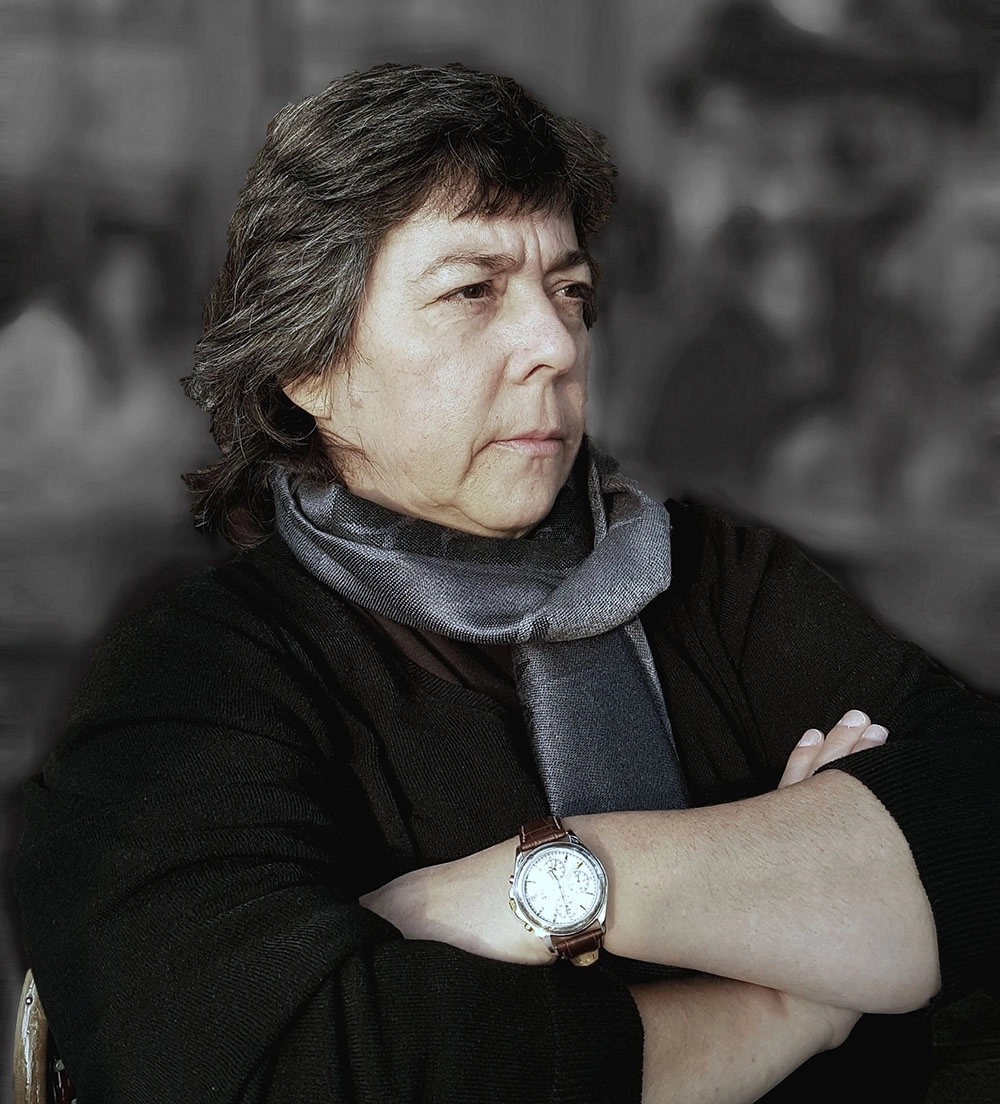 I am a computational cognitive neuroscientist working in nature-inspired AI and the Director of the MSc in Artificial Intelligence. My main research focusses on modelling associative learning (AL), and in the conceptual and formal modifications in learning theory that would allow incorporating phenomena that at face value are not susceptible to associative analysis. I have developed several computational learning models such as the Double error Dynamic Asymptote (DDA) model, a fully-connected architecture for Pavlovian conditioning with a dynamic asymptote, which determines the direction of learning, and the Rescorla-Wagner Drift-Diffusion Model (RWDDM) that combines a noisy linear accumulator and the Rescorla-Wagner learning rule.
I am a computational cognitive neuroscientist working in nature-inspired AI and the Director of the MSc in Artificial Intelligence. My main research focusses on modelling associative learning (AL), and in the conceptual and formal modifications in learning theory that would allow incorporating phenomena that at face value are not susceptible to associative analysis. I have developed several computational learning models such as the Double error Dynamic Asymptote (DDA) model, a fully-connected architecture for Pavlovian conditioning with a dynamic asymptote, which determines the direction of learning, and the Rescorla-Wagner Drift-Diffusion Model (RWDDM) that combines a noisy linear accumulator and the Rescorla-Wagner learning rule.
My current research centres on integrating deep learning architectures and associative learning to explore the possible contribution of associative processes to the formation of representational hierarchies, as a first necessary step towards scaling up to higher-order cognition. AL is core to bottom-up approaches to natural intelligence and thus keystone to the development of AI algorithms and architectures meant to simulate human-like behaviour.
I have published in presetigious journals such as Psychological Review, Trends in Cognitive Science, PloS Computational Biology, and Science.
I am a senior member of The Society for the Study of Artificial Intelligence and the Simulation of Behaviour (AISB)
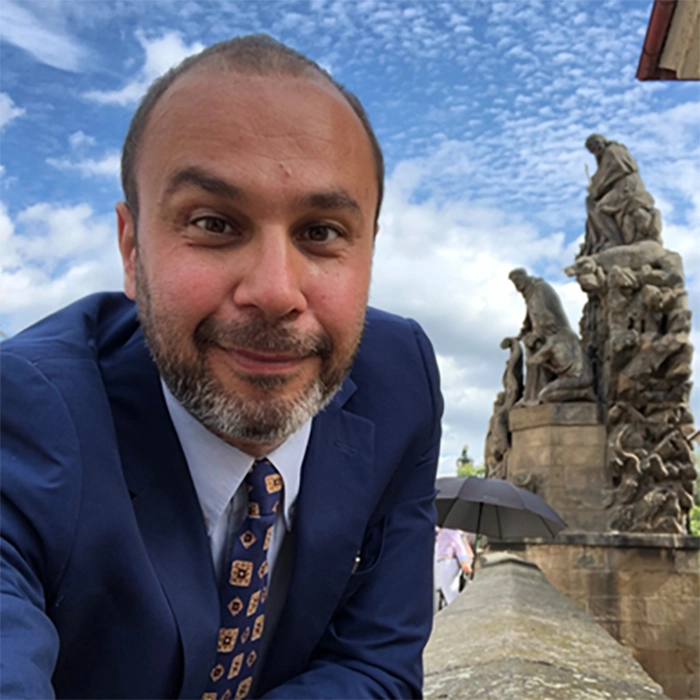 Dr Enrico Bonadio teaches, researches and advises in the field of intellectual property (IP) law. He is currently Reader in Intellectual Property (IP) Law at City, University of London. A frequent visitor to many universities and research centres around the world, Enrico has research interests in several IP areas, including the protection of non-conventional forms of creativity.
Dr Enrico Bonadio teaches, researches and advises in the field of intellectual property (IP) law. He is currently Reader in Intellectual Property (IP) Law at City, University of London. A frequent visitor to many universities and research centres around the world, Enrico has research interests in several IP areas, including the protection of non-conventional forms of creativity.
He has attracted funds from a variety of institutions, including the European Commission, Australian Research Council, UK Research and Innovation, UK Economic and Social Research Council, and the UK Higher Education Innovation Funding.
Enrico works with various international organisations and governments on IP issues and regularly joins training and technical assistance missions organised by World Intellectual Property Organisation. He frequently appears in the media as IP expert, and has been in private practice since 1999, working as IP lawyer for top-tier international law firms.
 Jonathan is a senior research scientist at Equideum Health.
He currently leads the R&D arm of Equideum, where the team focuses on privacy-preserving machine learning and decentralisation. Jonathan is exploring the potential of bringing together techniques such as Collaborative Learning and Blockchains to build a new generation of healthcare systems. He has grown a strong expertise in Secure Computing (Trusted Execution Environments - TEEs, FHE, …), Federated Learning and Verifiable Computing (TEEs, Zero-Knowledge Proofs, …) to enhance machine learning deployments with these Privacy Enhancing Technologies.
Jonathan is a senior research scientist at Equideum Health.
He currently leads the R&D arm of Equideum, where the team focuses on privacy-preserving machine learning and decentralisation. Jonathan is exploring the potential of bringing together techniques such as Collaborative Learning and Blockchains to build a new generation of healthcare systems. He has grown a strong expertise in Secure Computing (Trusted Execution Environments - TEEs, FHE, …), Federated Learning and Verifiable Computing (TEEs, Zero-Knowledge Proofs, …) to enhance machine learning deployments with these Privacy Enhancing Technologies.
Jonathan is also a research fellow at Imperial College London (BioMedIA) and City, University of London (CitAI) where he co-supervises MEng, MSc and PhD students on the topics Privacy-Preserving Machine Learning and Federated Learning.
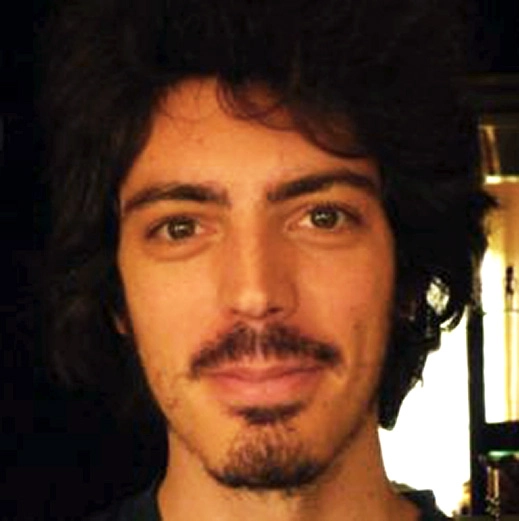 I am a lecturer in the Computer Science Department at City and a member of the Artificial Intelligence Research Centre (CitAI). Previously, I was a postdoctoral researcher at Harvard Medical School in the Neurobiology Lab of Dr. John Assad and a postdoctoral researcher at Italian Institute of Technology in the Neural Computation Lab of Dr. Stefano Panzeri. I obtained my PhD in Information and Communication Technologies, with specialization on data analysis for neuroscience, at the University Pompeu Fabra, Barcelona, under the supervision of Dr. Ralph G. Andrzejak.
I am a lecturer in the Computer Science Department at City and a member of the Artificial Intelligence Research Centre (CitAI). Previously, I was a postdoctoral researcher at Harvard Medical School in the Neurobiology Lab of Dr. John Assad and a postdoctoral researcher at Italian Institute of Technology in the Neural Computation Lab of Dr. Stefano Panzeri. I obtained my PhD in Information and Communication Technologies, with specialization on data analysis for neuroscience, at the University Pompeu Fabra, Barcelona, under the supervision of Dr. Ralph G. Andrzejak.
The core of my research has been the development of machine learning and statistical methods to infer the representation of informative features in high-dimensional data, and the application of these methods to understand how the brain represents and processes sensory stimuli and behavioral decisions in the activity of populations of neurons.
More broadly, I am mostly interested in understanding how the causal structure and generative mechanisms of complex systems can be learned from data and exploited to create useful representations of high-dimensional data that are more robust and generalizable across domains. Currently, I am studying how the structure of causal mechanisms is reflected in distinctive sets of independencies between different sources of variability in a system, as well as in its invariance properties. I then exploit these causal trademarks for statistical modeling and to infer the effect of external perturbations or modifications of those mechanisms. The objective of this research is to better characterize complex real-life systems (e.g. neuroscience, genomics) and to improve data representations with causal inference methods also for technological applications.
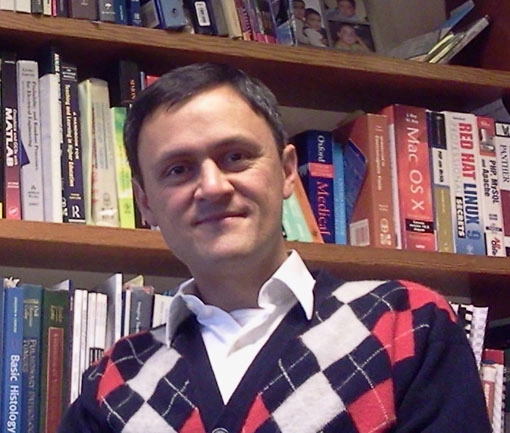 I am an interdisciplinary scientist with skills that span from microscopy to image analysis of biomedical data sets to advanced computer programming. I studied Mechanical and Electrical Engineering (BEng 5-years UNAM), Communications and Signal Processing (MSc Imperial College) and Computer Science (PhD Warwick). I also worked as a Postdoctoral Researcher and then Fellow in the Department of Surgical Oncology of The University of Sheffield where I gained hands-on experience with many imaging modalities such as Intravital, Fluorescence and Multispectral Microscopy, Computed Tomography and Magnetic Resonance Imaging.
I am an interdisciplinary scientist with skills that span from microscopy to image analysis of biomedical data sets to advanced computer programming. I studied Mechanical and Electrical Engineering (BEng 5-years UNAM), Communications and Signal Processing (MSc Imperial College) and Computer Science (PhD Warwick). I also worked as a Postdoctoral Researcher and then Fellow in the Department of Surgical Oncology of The University of Sheffield where I gained hands-on experience with many imaging modalities such as Intravital, Fluorescence and Multispectral Microscopy, Computed Tomography and Magnetic Resonance Imaging.
My research has focused mainly on biomedical areas related to Cancer, Microcirculation and Inflammation using a variety of techniques, from traditional to deep learning.
I have written many journal and conference papers, some with their corresponding code in GitHub and matlabcentral, and a book called “Biomedical Image Analysis Recipes in Matlab”, published by Wiley. I have organised several conferences (MIUA, BMVA, ECDP, Angionet), served in committees (BACR, MIUA, IET), reviewed for many journals and act as Editor (PLOS ONE, Oncology News) and Guest Editor (IET, Medical Image Analysis).
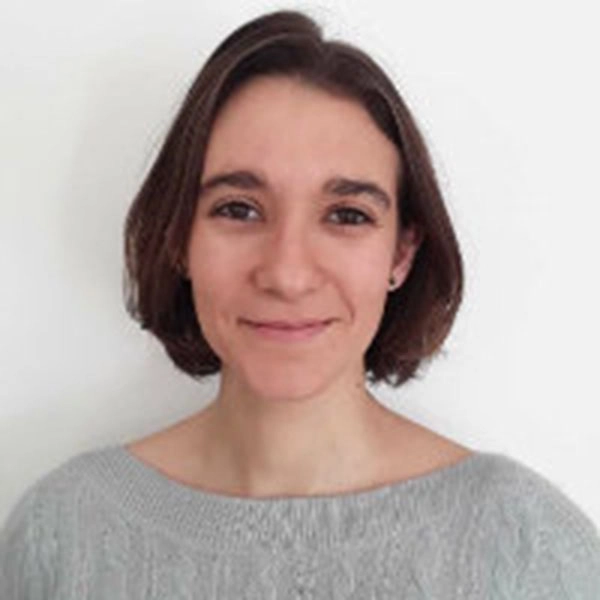 I am an associate professor at the University of East Anglia, and member of CitAI. Prior to this, I was a senior lecturer at City and had the luck to work with amazing researchers. I did my PhD at the University Paris VII under the supervision of Thomas Colcombet and Jean-Eric Pin, and spent a few years as a post-doctoral research fellow in Aix-Marseille University (with Pierre-Alain Reynier and Jean-Marc Talbot), ENS Lyon (with Colin Riba), University of Warsaw (with Mikolaj Bojanczyk) and the University of Warwick (with Marcin Jurdzinski and Ranko Lazic).
I am an associate professor at the University of East Anglia, and member of CitAI. Prior to this, I was a senior lecturer at City and had the luck to work with amazing researchers. I did my PhD at the University Paris VII under the supervision of Thomas Colcombet and Jean-Eric Pin, and spent a few years as a post-doctoral research fellow in Aix-Marseille University (with Pierre-Alain Reynier and Jean-Marc Talbot), ENS Lyon (with Colin Riba), University of Warsaw (with Mikolaj Bojanczyk) and the University of Warwick (with Marcin Jurdzinski and Ranko Lazic).
I am studying mathematical abstractions for verification problems, such as automata, games and logic formalisms. This way, I try to understand the limitations of computational models, how powerful they are, how fast …
I have studied more precisely optimization models (max-plus automata and tropical algebra), transducers and games (parity and mean-payoff) for example.
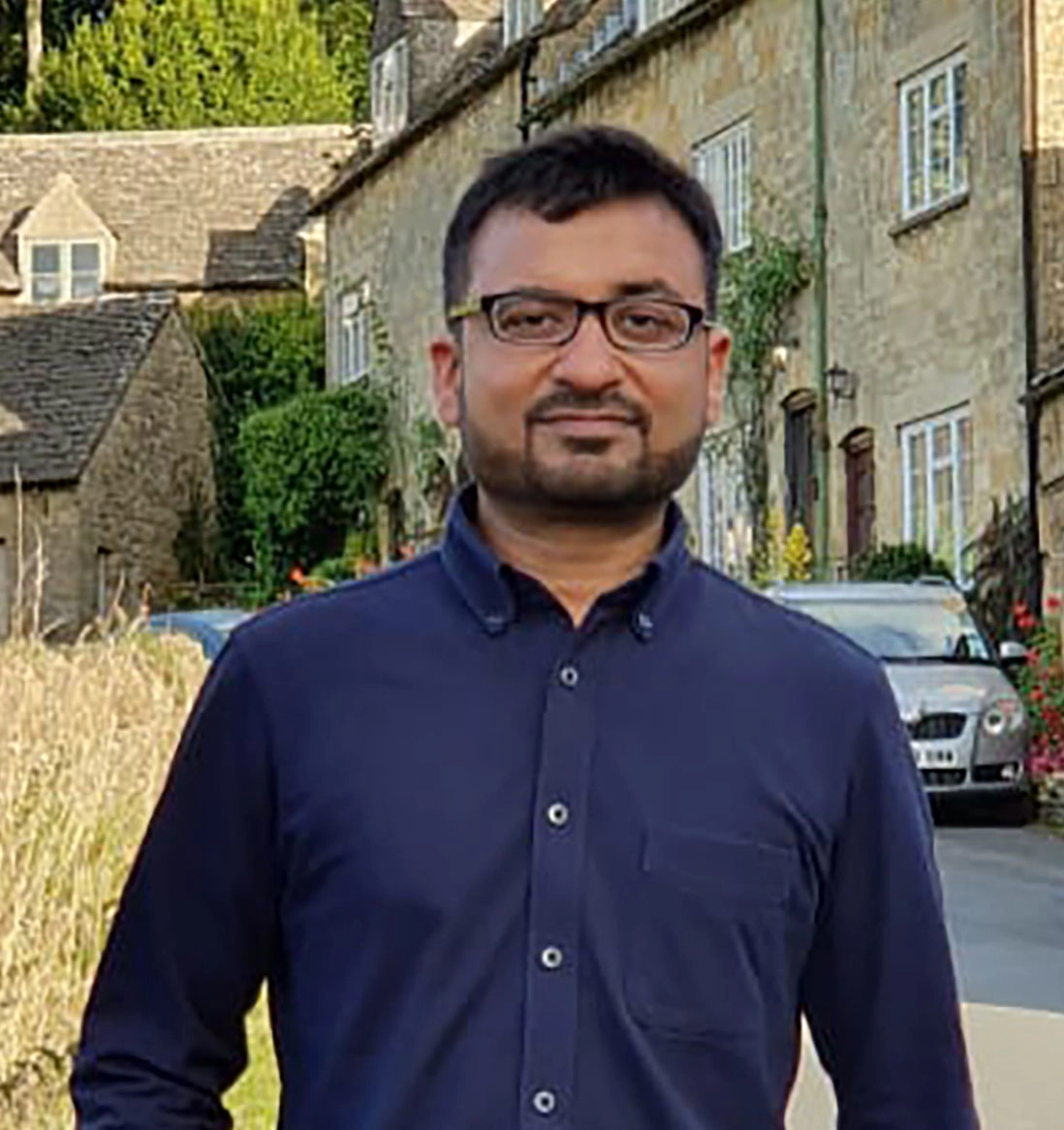 I am a lecturer in Computer Science at City, University of London and a member of CitAI. Currently, I am exploring deep learning models for the classification of Major Depressive Disorder with Eduardo Alonso and Esther Mondragón.
My Ph.D. topic was in the domain of Artificial Intelligence and neuroimaging under the supervision of Eduardo Alonso and Greg Slabaugh. I have explored different machine learning and deep learning methods for the diagnosis of Attention Deficit Hyperactive Disorder (ADHD) using functional MRI (fMRI) data. I am interested in exploring Artificial Intelligence in the domain of neuroimaging to better understand the most complex human organ –the brain, and to better diagnose brain disorders—using Deep learning algorithms and architectures such as Convolutional Neural Networks (CNNs), Long Short-Term Memory (LSTM), auto-encoders, and Generative Adversarial Networks (GANs).
I am a lecturer in Computer Science at City, University of London and a member of CitAI. Currently, I am exploring deep learning models for the classification of Major Depressive Disorder with Eduardo Alonso and Esther Mondragón.
My Ph.D. topic was in the domain of Artificial Intelligence and neuroimaging under the supervision of Eduardo Alonso and Greg Slabaugh. I have explored different machine learning and deep learning methods for the diagnosis of Attention Deficit Hyperactive Disorder (ADHD) using functional MRI (fMRI) data. I am interested in exploring Artificial Intelligence in the domain of neuroimaging to better understand the most complex human organ –the brain, and to better diagnose brain disorders—using Deep learning algorithms and architectures such as Convolutional Neural Networks (CNNs), Long Short-Term Memory (LSTM), auto-encoders, and Generative Adversarial Networks (GANs).
I have published my research in a number of journal and conference papers such as Journal of Neuroscience Methods, Computerized Medical Imaging and Graphics, IEEE International Symposium on Biomedical Imaging (ISBI 2018), International Workshop on Connectomics in NeuroImaging (CNI 2017), and International Conference on Image Analysis and Recognition (ICIAR 2016).
Before joining the City, University of London, I completed a MSc at the National University of Sciences and Technology (NUST), Pakistan.
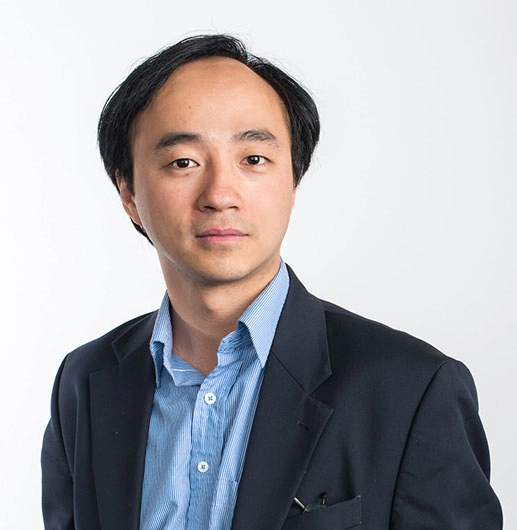 Professor Yang-Hui He is a mathematical physicist working on the interface between geometry, number theory and quantum field theory/string theory. Recently, he helped introduce machine-learning into the field of pure mathematics by using AI to help uncover new patterns and raise new conjectures (cf. interview by Science [Vol 365, July, 2019] and by New Scientist [Dec 9 Issue, 2019]).
Professor Yang-Hui He is a mathematical physicist working on the interface between geometry, number theory and quantum field theory/string theory. Recently, he helped introduce machine-learning into the field of pure mathematics by using AI to help uncover new patterns and raise new conjectures (cf. interview by Science [Vol 365, July, 2019] and by New Scientist [Dec 9 Issue, 2019]).
Yang studied at Princeton University, where he received his Bachelor of Arts in Physics, with a Certificate in Applied Mathematics and a Certificate in Engineering, Summa cum Laude (Highest Honours, Phi-Beta-Kappa). He then obtained a Certificate in Advanced Mathematics (Tripos) at the University of Cambridge, with Distinction. He went on to receive his PhD in theoretical and mathematical physics from MIT. Yang continued with postdoctoral work in the University of Pennsylvania before joining University of Oxford as the FitzJames Fellow in Mathematics and then the UK STFC Advanced Fellow in theoretical physics. Yang joined City in 2010 as Reader.
He is currently Fellow of The London Institute for Mathematical Sciences. He is the Chang-Jiang Chair Professor at NanKai University, China and jointly remains a Tutor and Lecturer at Merton College, Oxford University where he taught since 2005
 I am a Lecturer in Computer Science at City, University of London and member of CitAI. My research interests are Multiagent Systems and AI Ethics. In particular, I am interested in Normative Multiagent Systems, Value alignment, Privacy, and applications of AI in policymaking (more specifically, participatory budgets).
I am a Lecturer in Computer Science at City, University of London and member of CitAI. My research interests are Multiagent Systems and AI Ethics. In particular, I am interested in Normative Multiagent Systems, Value alignment, Privacy, and applications of AI in policymaking (more specifically, participatory budgets).
Previously, I was a postdoctoral researcher at King’s College London. My research there focused on finding ways to produce prescriptive norms to ensure smart assistants behave in a way aligned to what their users expect, for example, with regard to their privacy preferences.
I obtained my PhD from the University of Barcelona and the Artificial Intelligence Research Institute of the Spanish National Research Council (IIIA-CSIC). My PhD thesis explored value alignment in normative multiagent systems. It provided methods to compose sets of norms with the aim that the resulting enacted norms align with given moral values and value preferences. Agents following these norms will therefore act in a value-aligned way. My thesis received the best thesis award by the Catalan Association of Artificial Intelligence, and I have also received the Young Researcher award of the Spanish Scientific Society of Computer Science and the BBVA Foundation.
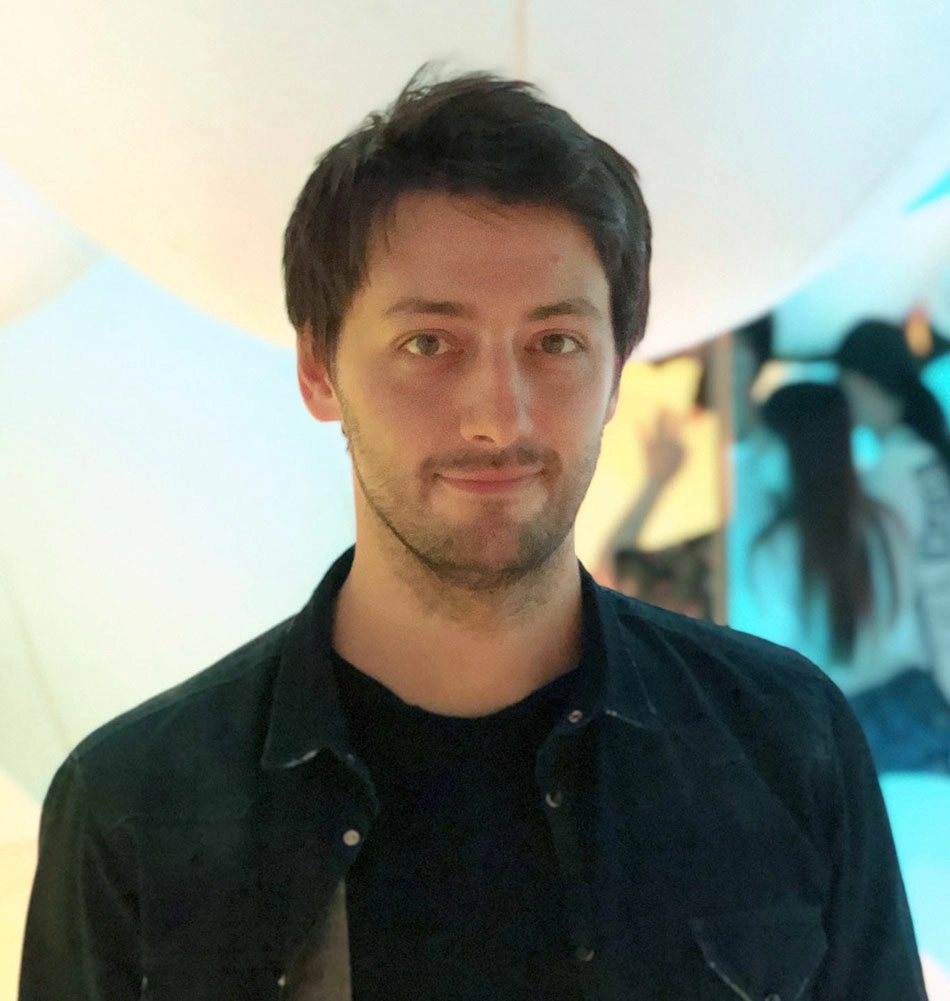 I have been a full-time researcher in the field of medical image analysis since 2009. My work has been mainly focused on image segmentation, image registration, quality control and object tracking for cardiovascular, brain and fetal images. In particular, I obtained my Ph.D. from the University of Bologna, Italy (in collaboration with the University of Chicago, U.S.) working on the automated analysis of first-pass myocardial perfusion sequences in MRI. During my post-doc at the University of Padova, Italy, I focused on the automated analysis of fetal ultrasound images.
I have been a full-time researcher in the field of medical image analysis since 2009. My work has been mainly focused on image segmentation, image registration, quality control and object tracking for cardiovascular, brain and fetal images. In particular, I obtained my Ph.D. from the University of Bologna, Italy (in collaboration with the University of Chicago, U.S.) working on the automated analysis of first-pass myocardial perfusion sequences in MRI. During my post-doc at the University of Padova, Italy, I focused on the automated analysis of fetal ultrasound images.
After being awarded a Marie Skłodowska-Curie Fellowship from the European Commission, I moved to Imperial College London, where I became interested in the applications of machine learning and AI to automated organ detection, quality control assessment and motion correction for cardiac MRI.
My current research focus is on machine learning for unsupervised anomaly detection, self-supervised approaches to image classification/segmentation and federated learning, both for medical image analysis and more generally for computer vision applications.
 I am a Lecturer in Computer Science at City, University of London and a member of the Artificial Intelligence Research Centre (CitAI). Prior to that, I was a postdoctoral researcher at Queen Mary University of London working with Prof. Ioannis (Yiannis) Patras and Dr. Georgios (Yorgos) Tzimiropoulos. I received the Diploma degree in Electrical and Computer Engineering from Aristotle University of Thessaloniki, Greece, and the Ph.D. degree in Machine Learning and Computer Vision from Queen Mary University of London.
I am a Lecturer in Computer Science at City, University of London and a member of the Artificial Intelligence Research Centre (CitAI). Prior to that, I was a postdoctoral researcher at Queen Mary University of London working with Prof. Ioannis (Yiannis) Patras and Dr. Georgios (Yorgos) Tzimiropoulos. I received the Diploma degree in Electrical and Computer Engineering from Aristotle University of Thessaloniki, Greece, and the Ph.D. degree in Machine Learning and Computer Vision from Queen Mary University of London.
My research interests are mainly in the areas of Generative AI, Vision-Language, and learning under uncertainty. Specifically, my current focus is in the conjunction between generative learning (using GANs and Diffusion Models) and Vision-Language models (especially LLMs). I am particularly interested in combining the generative and discriminative learning paradigms leveraging recent powerful Vision-Language models. Recent and ongoing outcomes of my research show promising results towards this direction.
In the aforementioned areas, I have co-authored publications in the most authoritative international journals (IEEE TPAMI, IJCV) and conferences (CVPR, ICCV, ICLR) in my field.